|
After Cambodia’s auspicious independence in 1953 the country began a period of transformation. This new social and cultural vision for Cambodia included numerous building projects in the capital Phnom Penh. This new architecture, integrating the ‘international modernism’ with local tradition and materials, became known as ‘New Khmer Architecture’, culminating in the construction of the National Sports Stadium, built in 1963 for the Southeast Asia Games the following year. Ironically the stadium never hosted any joyous unifying sporting events as the games were cancelled with the Vietnam War looming overhead. Instead it accommodated huge nationalistic political rallies! During these prosperous times, these large, modern, angular concrete buildings became a symbol of Cambodia’s modernization. As the decade came to a close, dark clouds circled Cambodia as the Vietnam War started sucking in its neighbouring countries. Later the oppressive Khmer Rouge regime did little in progressing the countries vision of modernization. Miraculously, despite it’s recent history, numerous buildings constructed during the 50’s, 60’s and 70’s, many designed by one architect, Vann Molyvann, have survived. Institute of Foreign Languages What is now The Institute of Foreign Languages was originally the Teacher Training College. The original ‘Lab Buildings’ and ‘Library’ are two of the cities most interesting buildings. The group of three buildings by Vann Molyvann were his last work of the 1970s. The Lab BuildingsThe sophisticated lab buildings ooze 70’s panache, dynamism and chic. These structures are by no means style over form and function; but rather the perfect combination of all three. The structure is a glorious demonstration of concrete ingenuity, a striking form that executes its function perfectly. Inside, the four elevated classrooms are joined by a long hallway, screened on one side by unglazed masonry lattice blocks allowing for fresh air to blow through. Inside the raised space-age classroom pods, the cantilevered sloping floor supports stepped seating, originally tubular roof lights focused daylight onto each lab desk. The classrooms are small to encourage focused learning, a point re-enforced by vertically louvered windows that allow natural light in but restrict the view of the distractive world outside. The Central Courtyard and Surrounding Buildings The complex of buildings at the Teacher Training College centre around an open courtyard and raised walkways, bodies of water unify the site. In his blog about the architecture of Vann Molyvann, Rémy Bertin writes “within the central courtyard is a beautiful old tree with an incredibly wide canopy, I think that the tree has to be older than the 35 year old campus, meaning that the buildings were composed around it.” This approach to architecture respects the existing nature and incorporates it into the surroundings. The courtyard, walkways and surrounding vicinity offer shady areas where students can gather and socialise. The large expanses of water have a cooling effect on hot summer days whilst reflecting light into what typically would be gloomy areas. The LibraryThe Library at the Teacher Training College was built in 1972. Its unique appearance is an example of ‘form follows construction’ (if that’s a thing?). Like the Richard Rogers designed Lloyds building in London and the Pompidou Centre in Paris the structure of the building is integral to the aesthetic. The exterior columns encase the building like a ribcage. Vann Molyvann created the Tardis-like building that accommodates offices at its core on the ground floor. A curved staircase leads to the 1st floor where the library is located. From the exterior of the building it is impossible to comprehend the complex workings of the circular roof. Inside, the construction of the roof becomes apparent as the complex geometry and concrete assembly is clearly visible and offers the same degree of sculptural form as the exterior. What looks like a concrete encased building from the outside is deceptively light and airy inside. National Sports ComplexLike many stadiums around the world the National Sports Complex in Phnom Penh was built in hope. Sadly, like its would-be Olympic bid winning counterparts the stadium has never really fulfilled its potential. As previously mentioned the Southeast Asia Games in 1964 never took place. Luckily, despite very few major sporting events being held at the site, the buildings have survived and have been adopted by Phnom Penh’s natives as a central recreational ground. The Olympic sized swimming pool and diving pool are now filled with screaming kids, quirky impromptu aerobics sessions are held trackside and kids fly kites from the top of the stadium stands. Like a modern-day temple to sports, the National Sports Complex was built using east-west alignment inspired directly by Cambodia’s most famous, and slightly more visited architectural site, at Siem Reap. The original sports complex contained several giant pools, a sly nod to the lake that once stood on the site, and a homage to the temples at Angkor, which are often surrounded by moats and pools. Unfortunately the government sold off the surrounding land and these watery features have been lost, detracting from the overall feel of the site. The diabolical apartments that have replaced them have now obscured the view and lessoned the impact of the symmetrical array of buildings. The symmetry of the complex typifies the architectural layouts of the great temples such as Angkor Wat and Preah Khan. The indoor stadium, the structure of which also supports some outside stadium seating, sits centrally, nestled into the raised horseshoe earthen mound which houses the concrete stands of the stadium. The stadium, which has a capacity of 80,000, is similar in construction to the Azadi Stadium in Tehran, which I visited last year. Inside the indoor stadium Vann Molyvann’s mastery of light is clearly apparent, he utilises numerous techniques to great effect. Underneath each of the stadium stands natural light is beautifully diffused through consistently spaced windows underneath each seat. Institute of Technology of Cambodia The Institute of Technology, on the aptly named Russian Boulevard, is an immense building of Soviet proportions. It comes as no surprise to discover that the designers were in fact Russian. Nothing instils communist pride like an imposing +400 metre long, 3 storey high, concrete dynamo of creativity. Built with Soviet funds, the building was a gift to Cambodia. Like many of its contemporaries the complex optimises the use of air-flow, a masterful display of ingenuity, constructed to allow natural light while also keeping out heat and rain, through screened open cavities that extend over the entire façade of the main building. The building was completed in 1964 and used until its abandonment during the war in 1975. After the war the French rehabilitated the school and many of the classes there are still taught in French. Other Notable BuildingsOther notable buildings include… The Royal University of Phnom Penh with it’s undulating roof, which somehow seems to defy the laws of physics and engineering, The 100 Houses Project and the White Building; an innovative socio-cultural housing project for Phnom Penh’s growing urban population of the 1960’s. The scheme included the iconic Chaktomuk Theatre, designed by Vann Molyvann alongside ‘The Grey Building’, an Olympic Village for the Southeast Asian Games, also designed by Molyvann.
Unfortunately the buildings virginal paint-job has long deteriorated. It does however continue to be at the forefront of cultural importance and is now the focal point of a photographic project that centres on many of the 2000 artists, families and individuals who still live and work there! The White Building has garnered somewhat of an iconic reputation, despite its cult following amongst Phnom Penh’s cultured youth the building faces an uncertain future. If you are interested in New Khmer Architecture and are visiting Phnom Penh please check http://www.ka-tours.org for a guided tour. They come highly recommended! Unfortunately there were no regular public tours whilst we visited and we couldn’t afford to organize a private tour! They also have a great FREE walking tour map, which is available here! Most of the buildings mentioned in this blog are open to the public and accessible without prior permission.
0 Comments
Your comment will be posted after it is approved.
Leave a Reply. |
Archives
July 2020
Categories
All
|
Proudly powered by Weebly

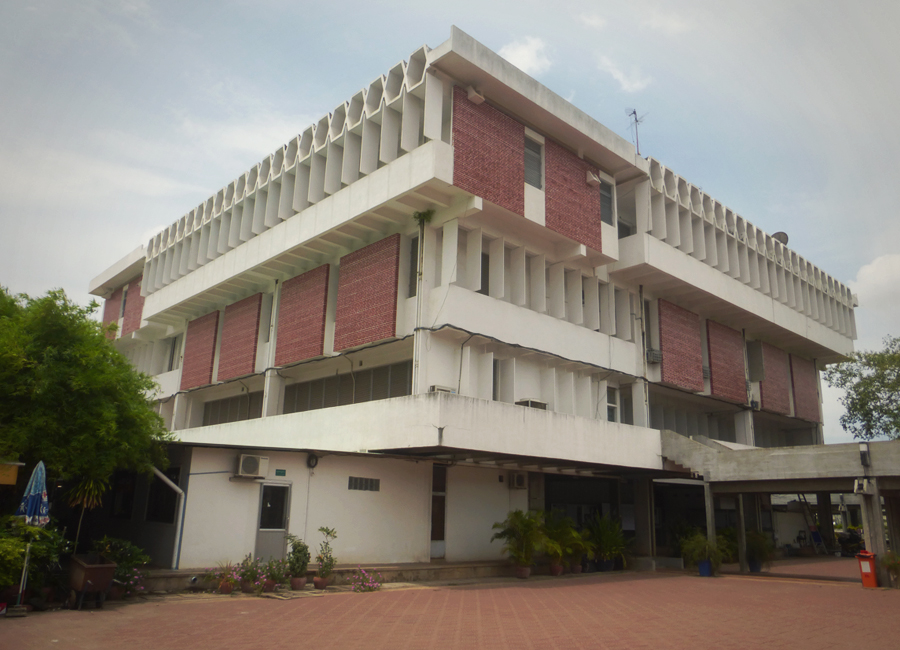
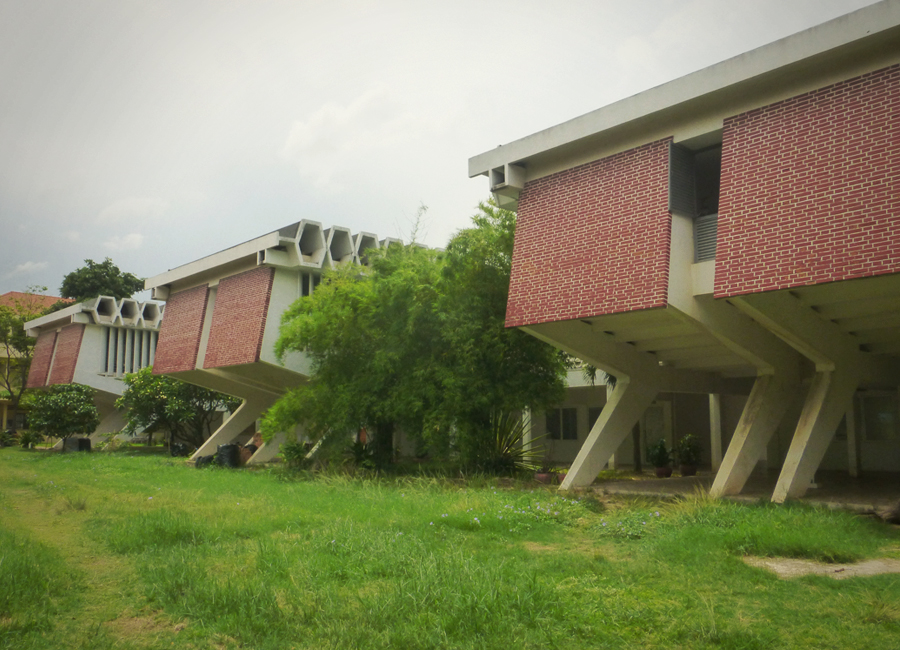
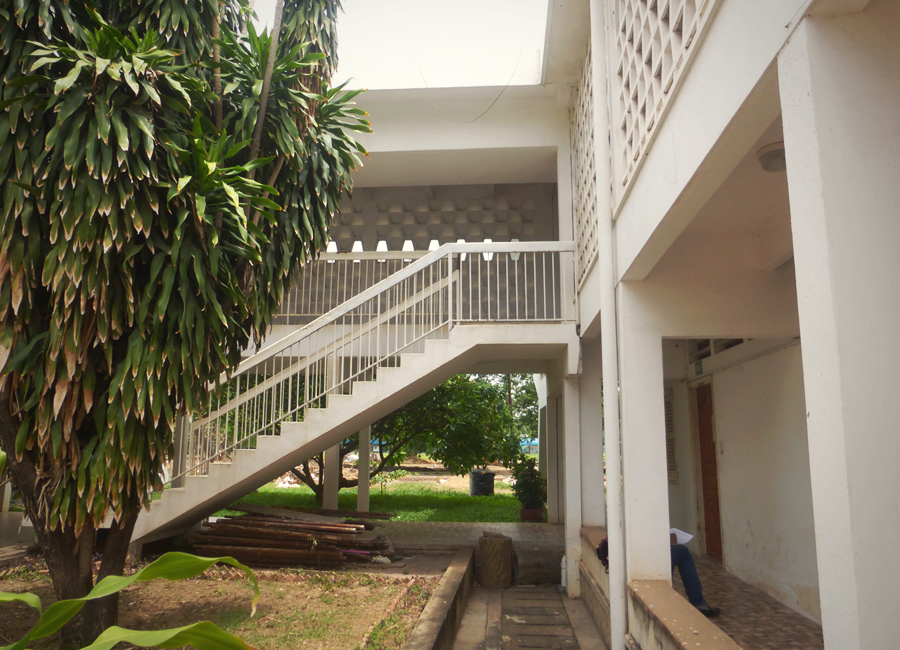
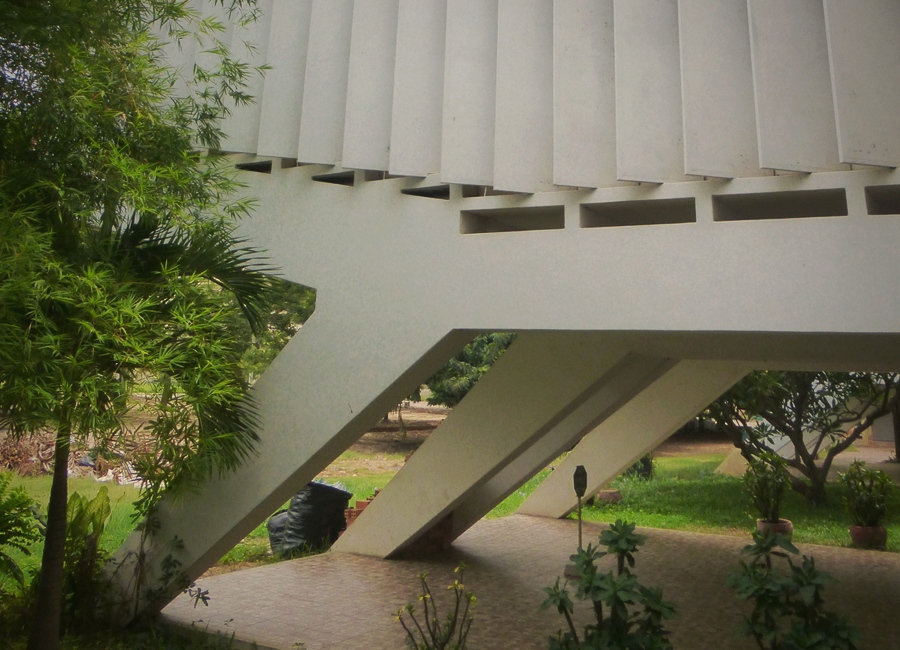
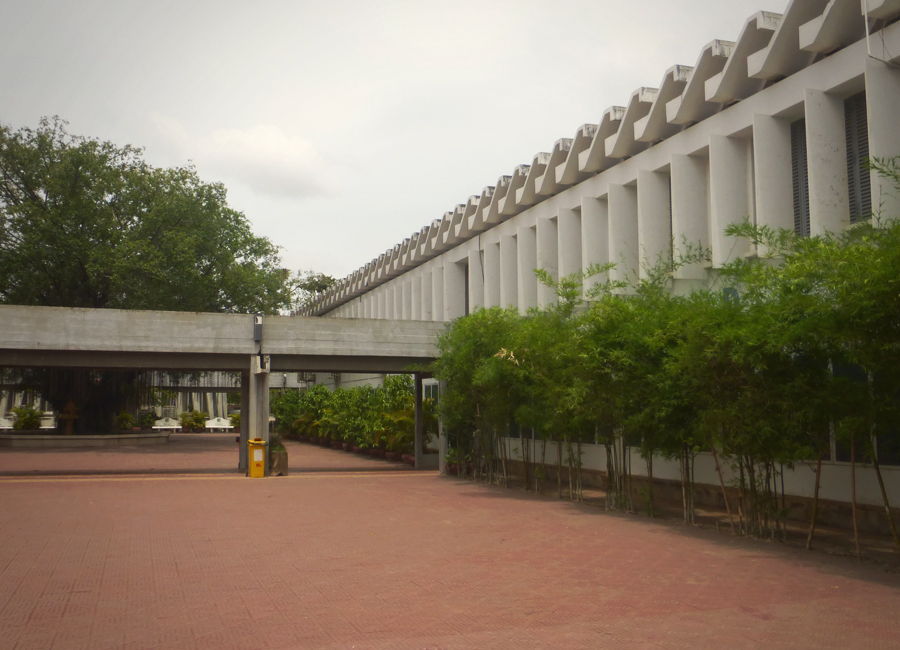
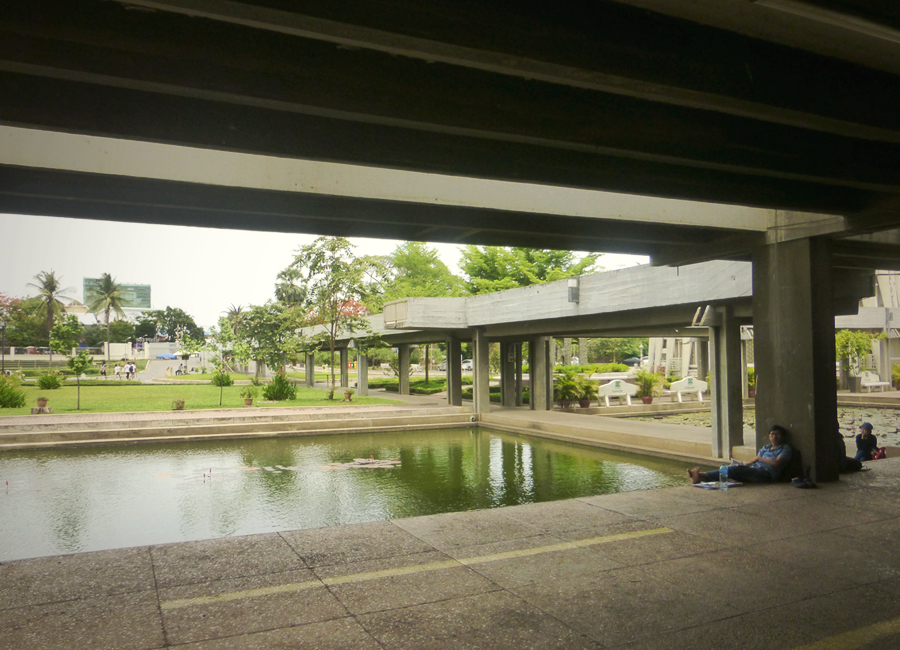
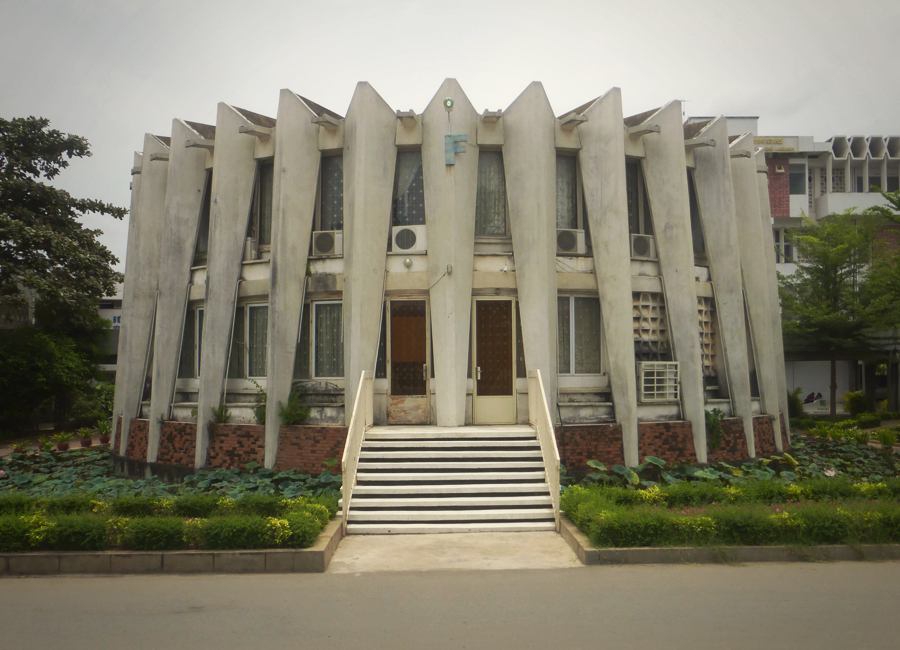
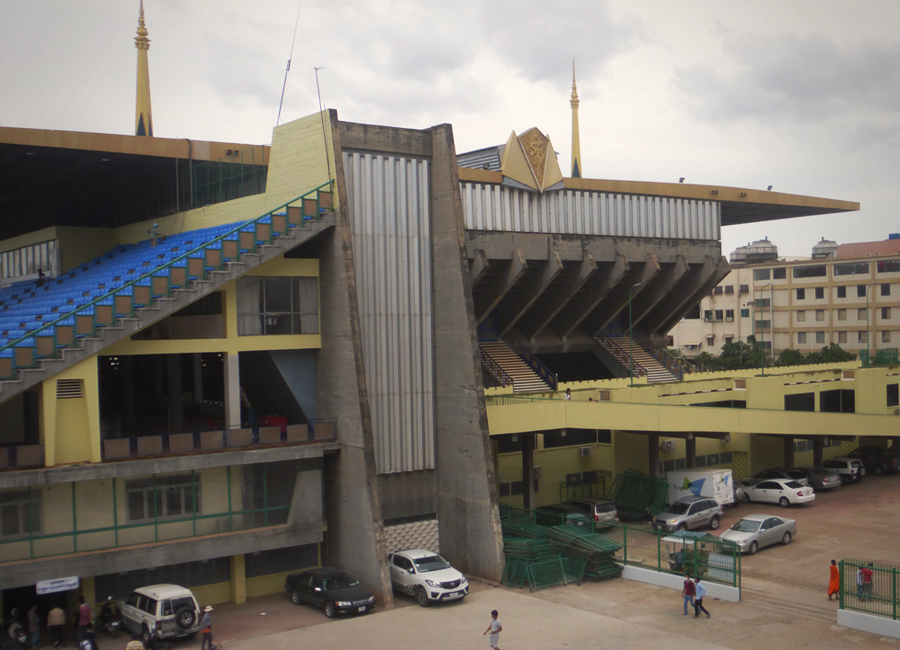
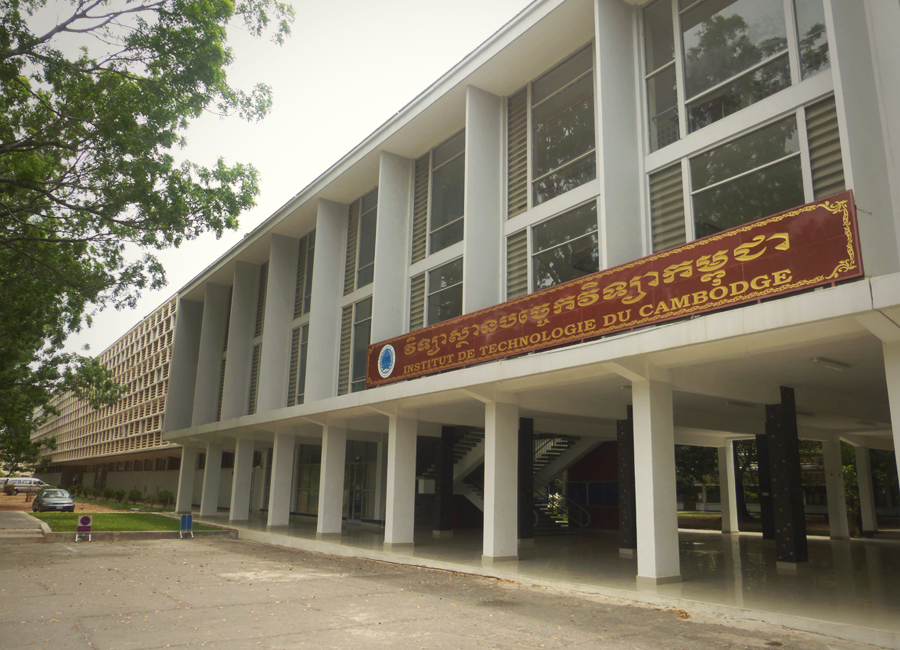
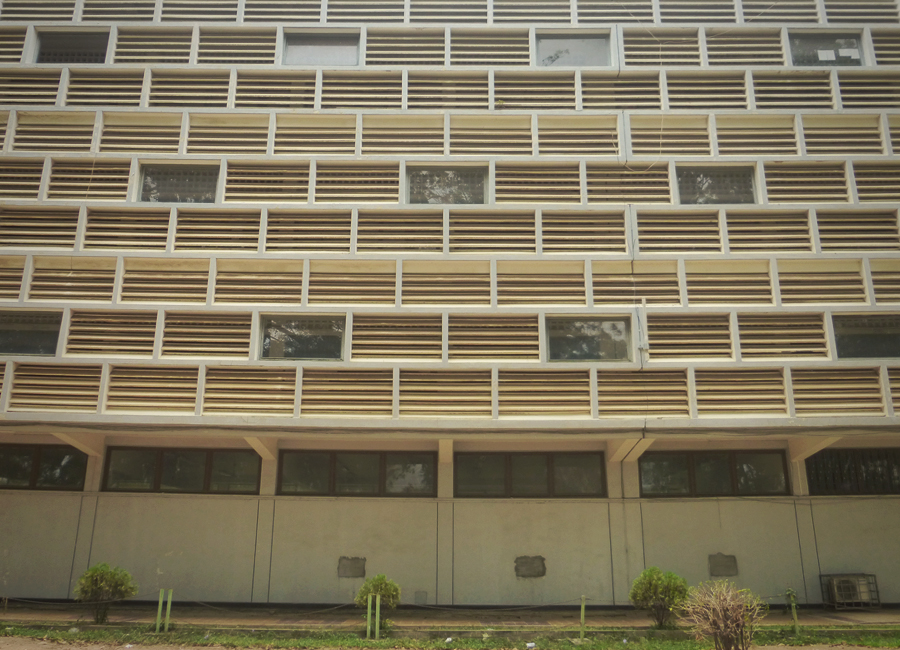

 RSS Feed
RSS Feed